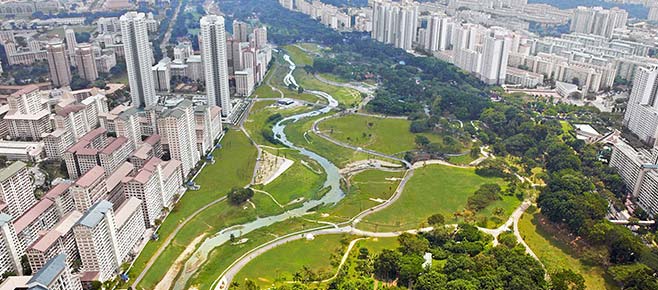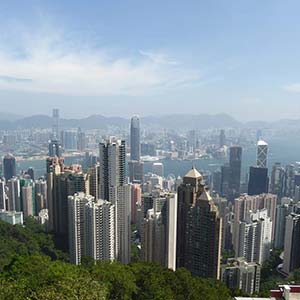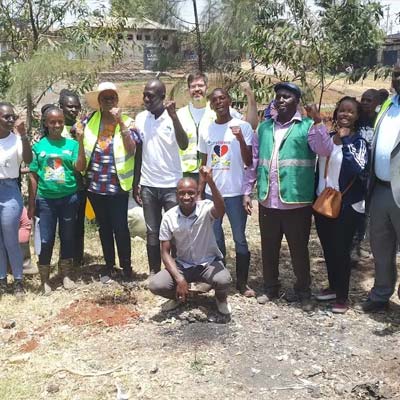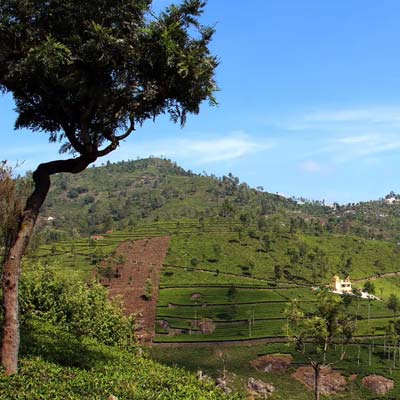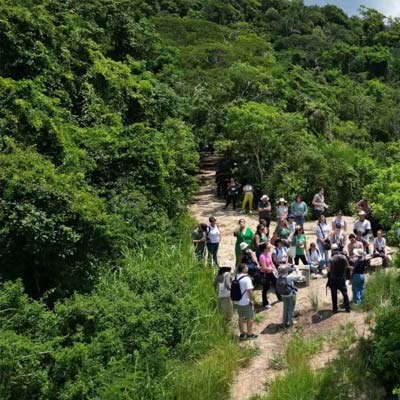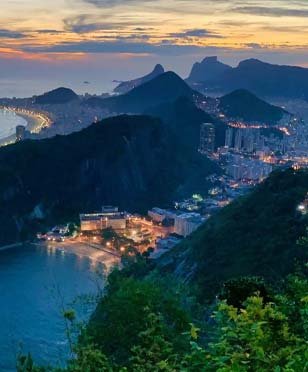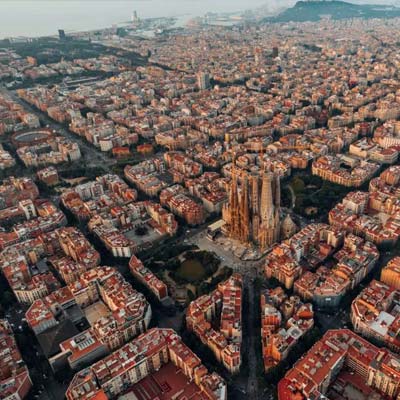Nature in the Urban Century: Cities can offer Solutions for Biodiversity Loss – if We Act now
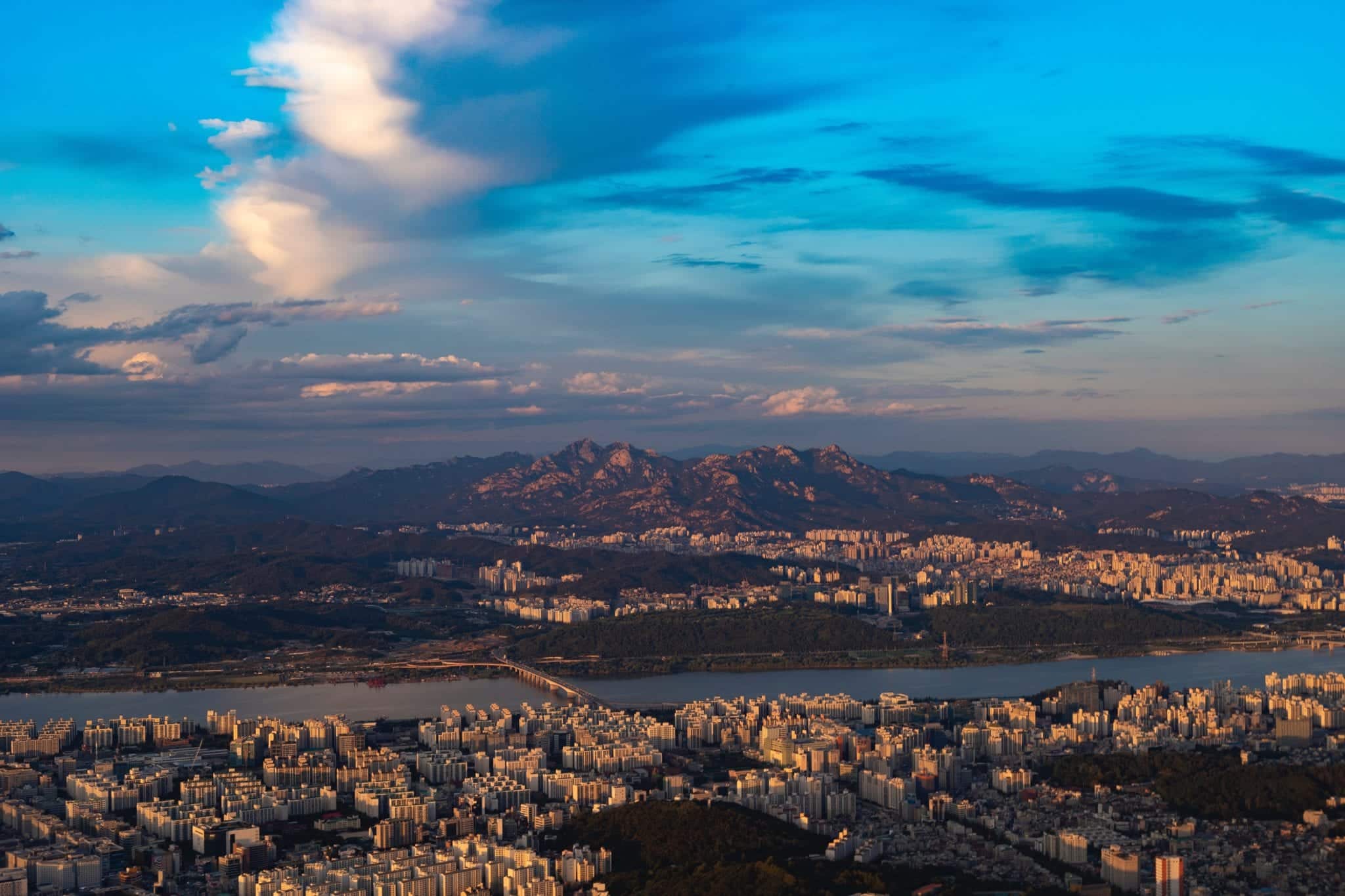
This century will be remembered as the urban century. Our generation will witness the most significant urban growth in human history. By 2050, there will be 2.4 billion more people in cities, a rate of urban growth that is the equivalent of building a city the population of New York City every six weeks. Humanity will have urbanized an area of 1.2 million km2, larger than the nation of Colombia.
Cities have been called humanity’s greatest invention, a way of living that can bring many benefits. Relative to more rural areas, cities have increased economic productivity and innovation, greater opportunities for education and individual enhancement, and more efficient use of resources. But the rapid growth of cities presents a challenge to the global environment, both directly through the expansion of their footprint and indirectly through urban energy and resource use. Can there be space for nature in an urban world?
Dozens of the world’s scientists have united to answer these questions in a new Nature Conservancy report, Nature in the Urban Century Assessment, which finds that urbanization trends could result in significant biodiversity loss, if global leaders do not take timely action to invest in more sustainable cities.
The goal of the Assessment is to describe globally where and how to conserve nature in the face of urban growth, for the benefit of both biodiversity and human well-being. The report projects that urban growth could threaten 290,000 km2 of natural habitat between 2000 and 2030. Habitat loss will be most extensive in temperate and tropical forests, including key areas for global biodiversity conservation. Targeted action in these places facing extensive impact – which include parts of the United States, Brazil, Nigeria and China – could make a real difference in preventing biodiversity loss.
A large proportion of some other biomes, including Mediterranean-type habitat and mangroves, will also be affected. The report shows that biodiversity loss will be spatially concentrated, with urban growth in a few specific places having an outsized impact on biodiversity globally. For instance, conservation action on just 49,000 km2 could help protect key biodiversity areas at risk from urban growth.
Urban growth could also affect parks and other protected natural areas. By 2030, we project that 40 percent of strictly protected areas (where resource harvesting is forbidden) and one in two loosely protected areas will be within 50 km of an urban area. This increased proximity can raise the likelihood of negative impacts on these urban-adjacent protected areas, as well as increase management costs.
Furthermore, accelerating urban growth – if poorly managed – could negatively impact the world’s response to climate change. How cities grow will affect the amount of energy they use for transportation and heating, with big implications for greenhouse gas emissions. And habitat lost to urban growth could release a lot of carbon currently stored in biomass. Urban growth, if occurring as forecast in our business-as-usual scenario, would destroy natural habitat that stores 4.35 billion metric tons of carbon dioxide, the equivalent of carbon dioxide emissions from 931 million cars on the road for one year.
Cities will also be impacted by climate change in a myriad of ways, from hotter summer temperatures to more extreme rain events to sea level rise. This report maps where coastal natural habitats play a significant role in reducing coastal hazards during storms. In these stretches of coastline, we find that by 2030, urban areas could more than double to a total of 23,000 km2.
However, some of the dire predictions under our business-as-usual scenario need not happen. At the city level, the solution comes down to better planning and management of our urban growth. The report advocates for the incorporation of information on biodiversity and the benefits nature provides into urban planning decisions, to create a comprehensive vision of how nature can co-exist with and support cities – a green
The report specifically focuses on actions that national and international decision-makers should take to protect nature. Local governments need to be better integrated into national planning decisions so that planning at each level incorporates the benefits of nature and reinforces decisions at other levels. International institutions have a role to play as well, in helping create the policies and provide the financial resources needed to implement many urban greenprints. Finally, the countries of the world need to begin discussing how we can collectively work to make the urban century a positive one for the natural world.
The Nature in the Urban Century report was produced though the partnership of The Nature Conservancy, FutureEarth, The Stockholm Resilience Centre of Stockholm University, the Natural Capital Project, iDiv, The Nature of Cities, Urban Biodiversity Hub and ICLEI, including its Cities Biodiversity Center and the CitiesWithNature initiative.
